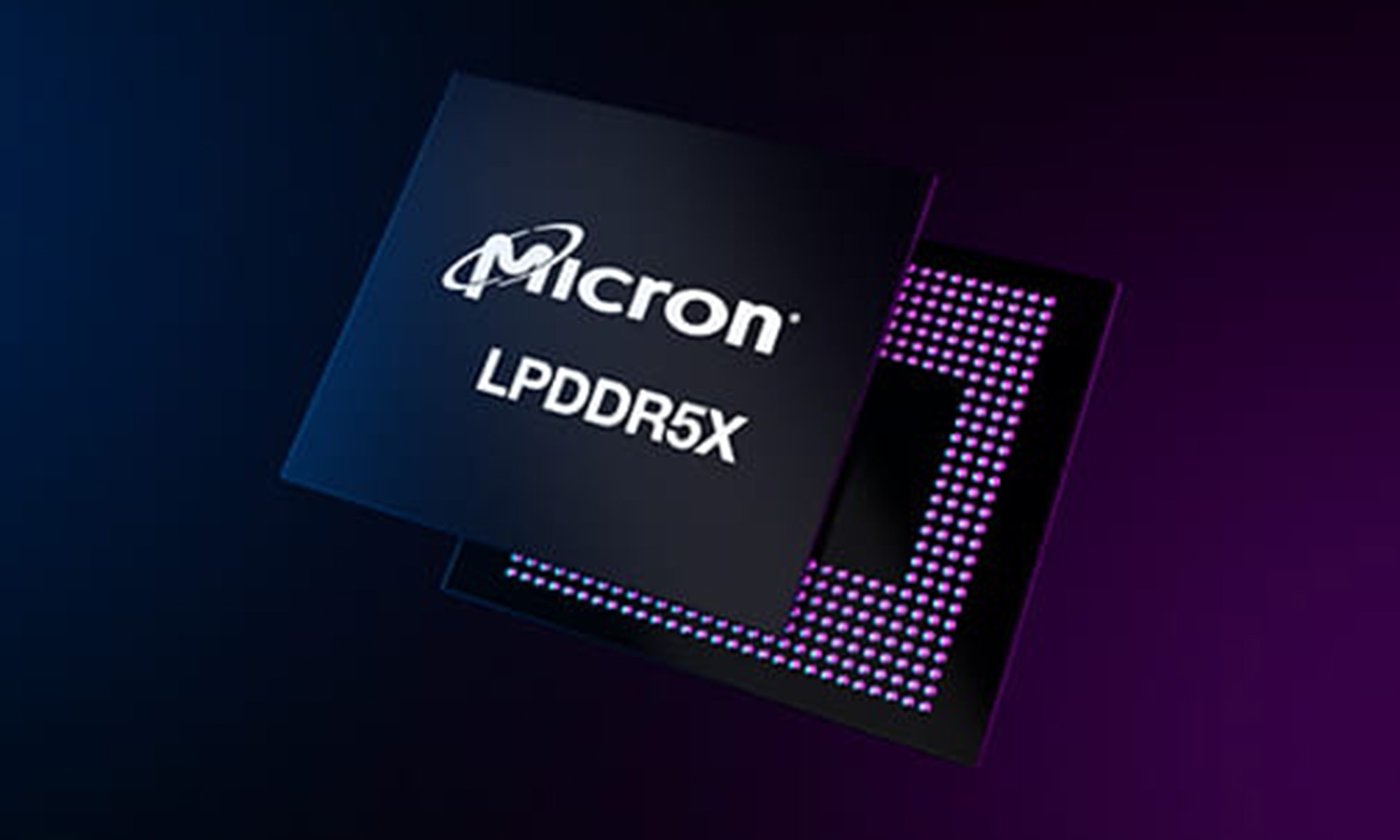The blistering growth in memory prices over the past couple of years has taken Micron Technology's (MU 1.97%) business to the next level. The chipmaker has enjoyed terrific top- and bottom-line momentum thanks to booming memory demand that has outpaced supply, but cracks could soon appear in its primary growth engine.

Image Source: Getty Images.
Greed could bring an end to the memory chip boom
Just like Micron, SK Hynix (NASDAQOTH:HXSCL) and Samsung (NASDAQOTH:SSNLF) are also riding the memory price boom. The operating profit of Samsung's semiconductor business nearly doubled during the first quarter of 2018 thanks to the strong demand for NAND (negative-AND) flash and DRAM (dynamic random access memory) chips. SK Hynix, meanwhile, saw a 77% jump in first-quarter operating income on the back of similar catalysts.
Such terrific growth at Samsung and SK Hynix, which together hold almost half of the NAND flash market and nearly three-fourths of the DRAM market, could lead investors into believing that the industry's momentum is here to stay. However, this massive earnings growth seems to have made both Samsung and SK Hynix overconfident and greedy.
I say overconfident because both seem to believe that the price momentum is here to stay, and greedy because they are going to boost their memory production capacity. For instance, Samsung has set aside another $12 billion to make DRAM chips at a second semiconductor production line in South Korea's Pyeongtaek, which it plans to complete in the second half of 2019. The South Korean giant had earlier spent over $14 billion on a NAND flash production line that it is currently busy ramping up.
SK Hynix, on the other hand, announced a $2.6 billion investment at the end of 2016 for building a NAND flash facility in China, and also for upgrading a DRAM plant. It expects this facility to go into production late next year.
Micron doesn't want to be left behind in this race and the chipmaker recently broke ground on a new facility in Singapore to make 3D NAND that it expects to complete by late 2019, and it will reportedly spend "billions of dollars" on this facility, according to AnandTech.
These chipmakers are hoping that all the new production that's going to come into the market will be absorbed by smartphones, servers, the Internet of Things, and other emerging tech trends such as autonomous cars. But an increase in demand isn't guaranteed just yet. For instance, both SK Hynix and TSMC have warned of a slowdown in smartphone chip sales this year.
Smartphone sales fell 5.6% in the fourth quarter of 2017, followed by a 2.9% drop during the first quarter of 2018. What's even more alarming is that Chinese smartphone sales growth came to a halt in 2017 after eight years.
So, the smartphone industry seems to be maturing, and this spells bad news for both NAND and DRAM demand as smartphones reportedly account for a third of global memory chip demand.
Demand-supply parity spells bad news for Micron
The demand-supply parity in the NAND business has started hurting Micron already. Its NAND revenue dropped 3% sequentially in the most recent quarter, as an increase in shipments was negatively offset by a mid-teens percentage drop in the average selling price. As a result, the segment's gross margin dropped 2 percentage points sequentially.
NAND prices reportedly fell between 3% and 10% during the first quarter of the year, and a steeper drop of 10% to 15% is projected in the current quarter. The price declines could accelerate as more NAND supply comes into the market thanks to the capacity investments being made by SK Hynix and Samsung. Some estimates suggest that NAND supply is expected to rise 43% this year as compared to a 34% increase in 2017.
Meanwhile, Micron's DRAM business is still in good shape, as average selling prices had increased in the mid-single digits last quarter, but higher production and lower smartphone shipments could make things ugly. For instance, Apple CFO Luca Maestri said that mobile DRAM prices will peak by the end of the year, and this prediction doesn't look like a long shot considering the dynamics at play in the smartphone space.
The worst-case scenario
Micron grew impressively last quarter despite the NAND decline as it gets 71% of its revenue from the DRAM segment. But if DRAM prices start taking a turn for the worse, the chipmaker will be in deep trouble.
UBS analysts believe that DRAM prices could crash as much as 50% in the second half of 2018 as new production comes online. UBS' forecast might seem too aggressive, since we saw that the wave of new production capacity could come online only by next year, but this still means that Micron might have just one good year left before it gets crushed by unfavorable market dynamics.
Even then, Micron will remain under pressure, as investors will be on the lookout for potential signs of weakness in the memory industry and likely won't be afraid of pulling the trigger to sell the stock if they find negative developments. And, in my opinion, they will be right in doing so, because Micron has a terrible record when faced with unfavorable chip prices.
For example, Micron had a really bad time back in 2015 and 2016. Weak PC demand coupled with industry oversupply led to a 50% crash in DRAM prices in 2015, which was followed by a 20% slump for the majority of 2016. And this led to the following drops in revenue and gross profit margin:
MU Revenue (TTM) data by YCharts
The above chart is a far cry from what Micron investors have experienced since the recovery started in the second half of 2016, so they may soon have to decide if they want to start booking profits in case DRAM and NAND prices get into a downward spiral.






